IIn the average student’s 7-hour school day, many opt for lunch-line plastic water bottles, their reusable water bottle, or when in a rush, the school’s water fountains and hydration station, which if closely inspected might leave its drinkers with questions.
To truly understand the cleanliness of the water stations around campus, we compiled multiple tests, interviews, and photographs.
The Visible Layer
The hygiene of water fountains varies around campus, but the majority caught our eyes as not “right.” There’s visible calcification, algae, and other potential fungi.
“A lot of [the fountains] are pretty dirty,” said Hunter Olson (25’).

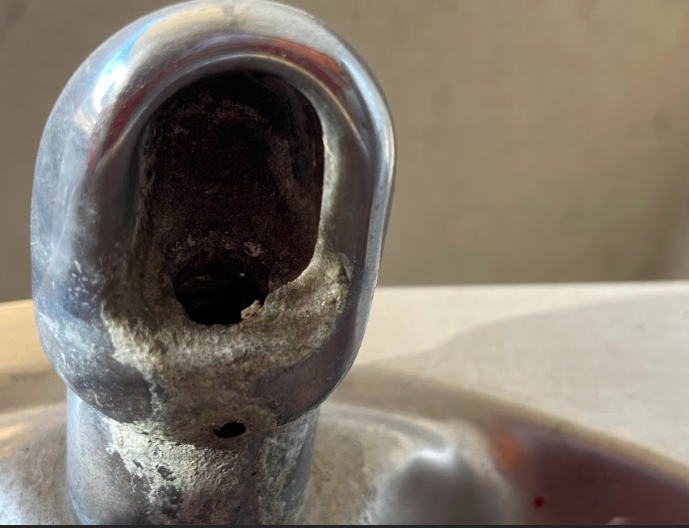
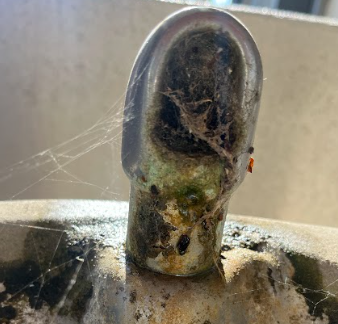
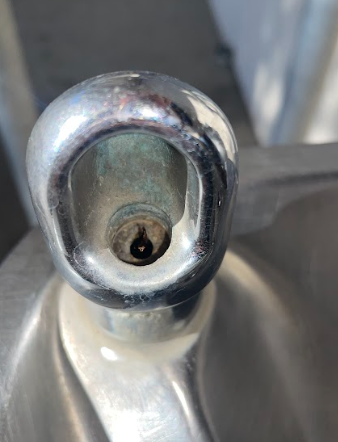

(Journey Simunich)
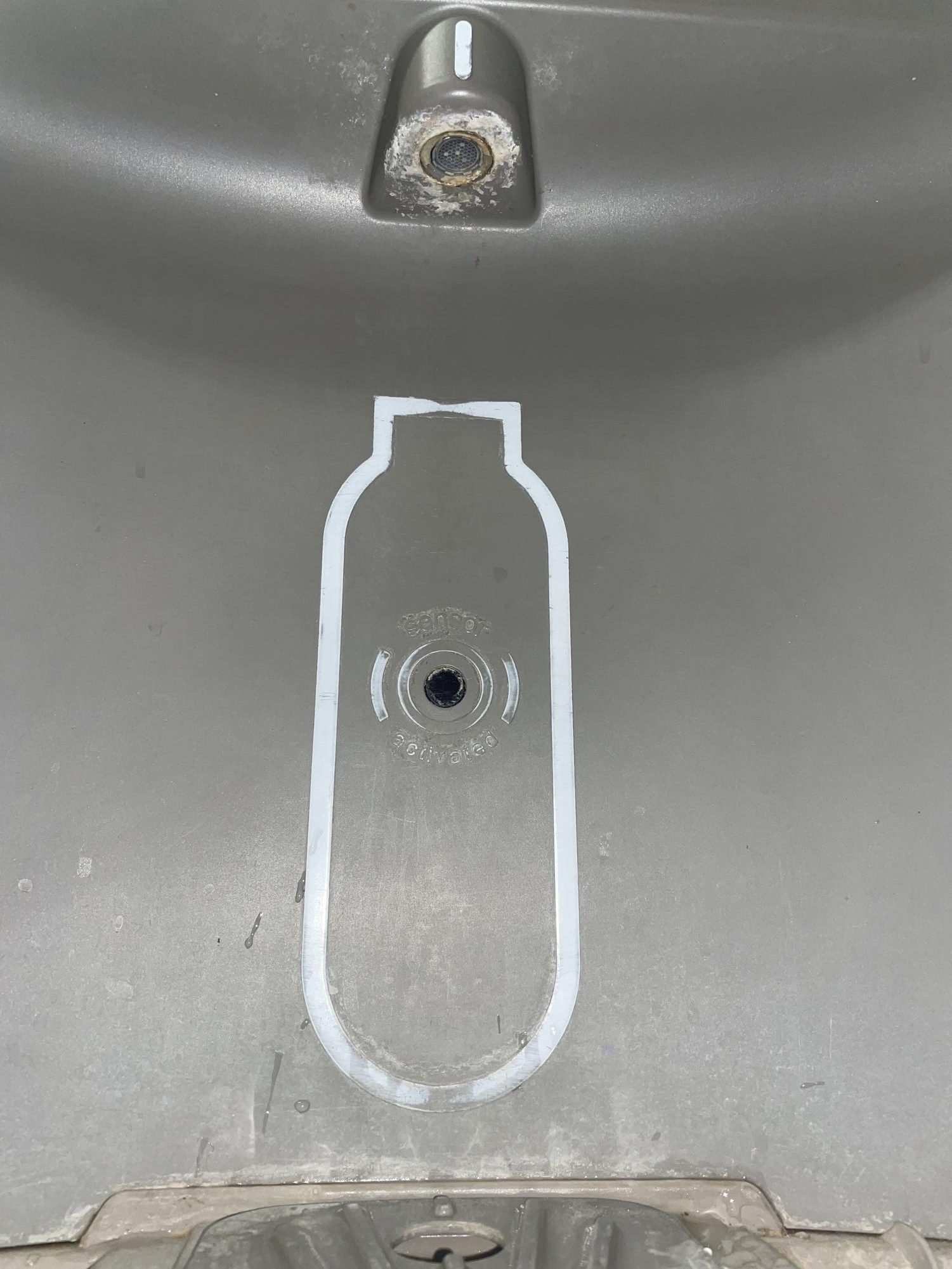
(Journey Simunich)
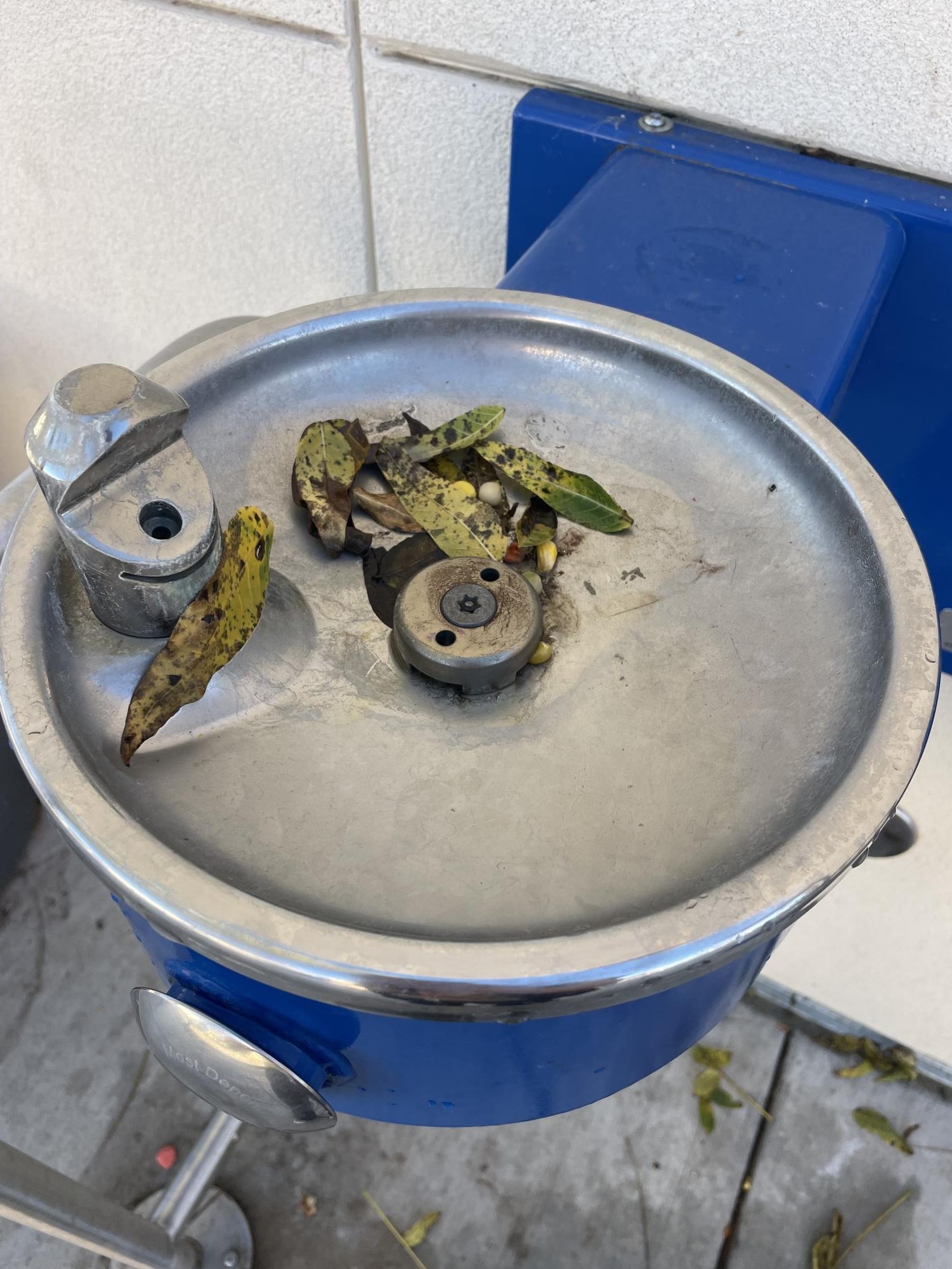
(Journey Simunich)

“The water that comes out of those [referring to the drinking fountains] is the same water that you would get out of one of the sinks in the bathroom,” Lead Custodian, Jay Delory said.
“It’s all the same water. Domestic water.”
However, often just the sight of the quality of the water fountains is enough to deter students from drinking water.
“I know a lot of kids don’t want to use the water fountains, so they don’t fill up their water bottles all day, which is obviously not the best for their health,” said English teacher, Ashley Kim.
Many of the water fountains around campus are either non-accessible to students due to problems with the water pipes or improper maintenance which leads to clogging. The other available drinking fountains are coated in crust, dirt, algae, and leaves.
“If the school wants to encourage drinking water they should clean [the fountains] more,” Kim said.
Water Testing
In determining the healthiness of the water, testing must be initiated by the school. Water is tested before arriving at the school’s waterlines, what happens to the water from there is determined by the school.
“We supply the water to the city. But then the city blends it with their water and delivers it to you guys,” County Chemist, Danielle Ruedas said.
“The county has no rights over [the school’s] water— so we don’t test any of [it],” Ruedas said.
In addition, reports of AGHS’s water quality are difficult to find. The most recent report on the city’s website shows the test results from 2017, over six years ago, when the state asked for testing.

In these tests, the water quality was reported as acceptable. However, without access to more recent results, we did some of our own testing. While we are not scientists and do not have degrees in any scientific field, we were able to conduct our own water tests with the help of the science faculty on campus.
Furthering our research, we decided to swab around the area the water comes out of various drinking fountains around the campus and allowed the bacteria to grow. We swabbed drinking fountains, water refill stations, and hydration stations. To conduct our tests, Petri dishes were prepared using agar gel, a gel used to detect pathogens like bacteria and fungi. The surfaces of the water fountains were then swabbed with a clean swab. The Petri dishes were then allowed to incubate for three days, without disruptions.
In most of the samples, fungi growth appeared as well as plenty of bacteria.
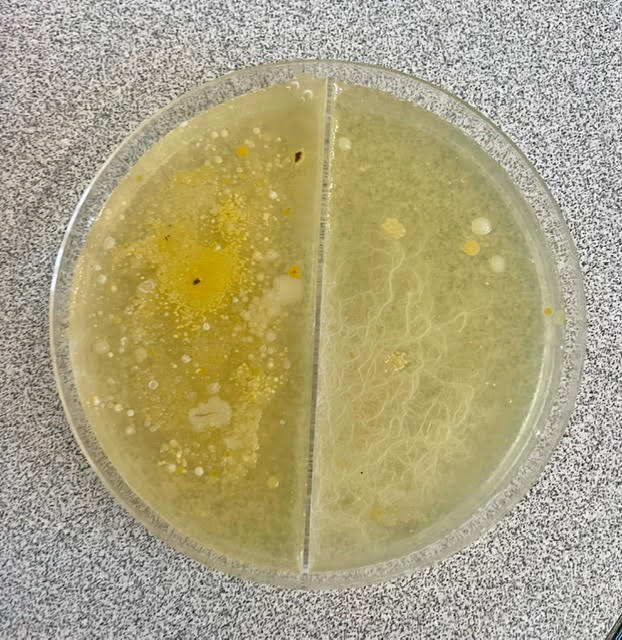
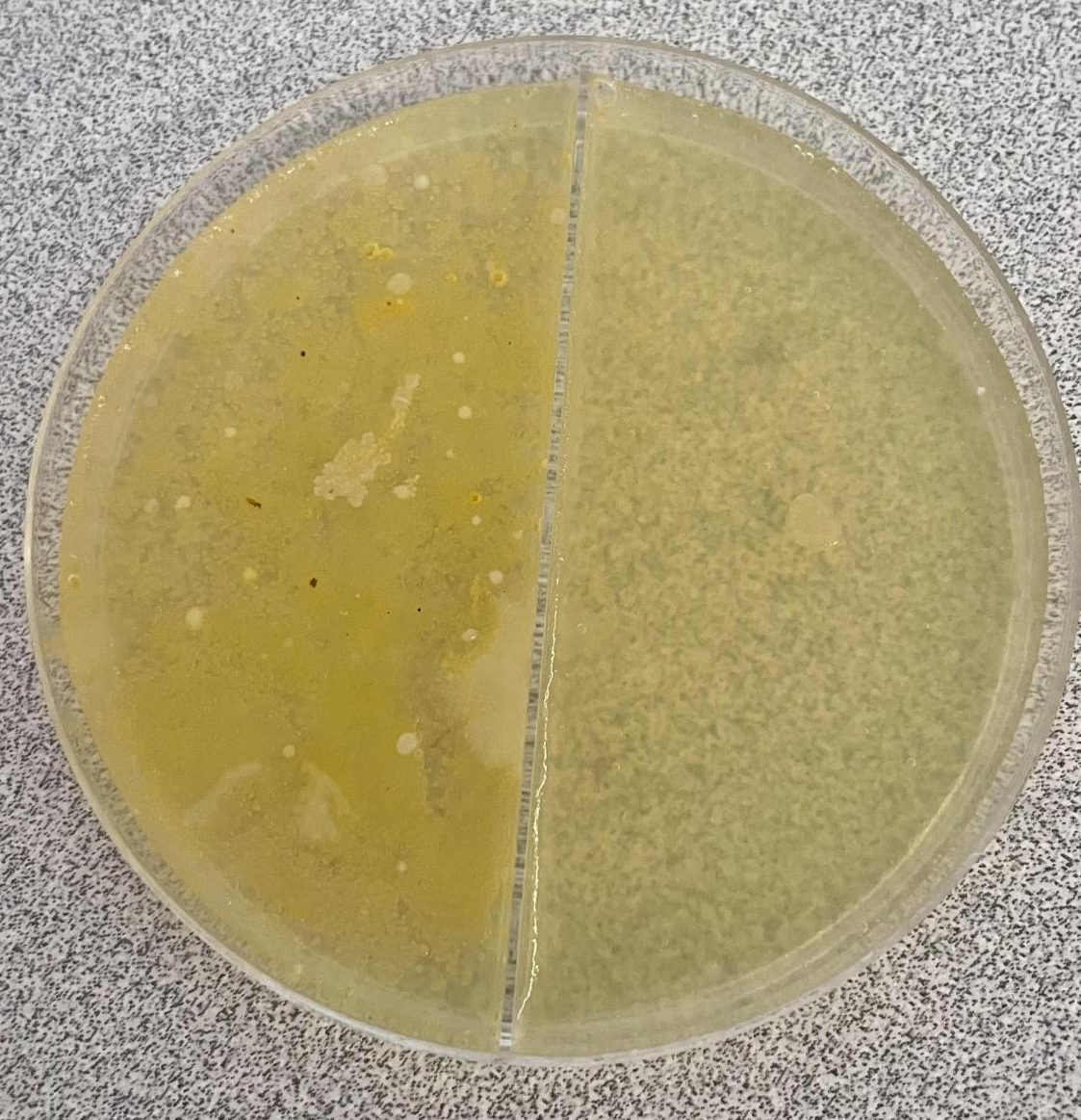


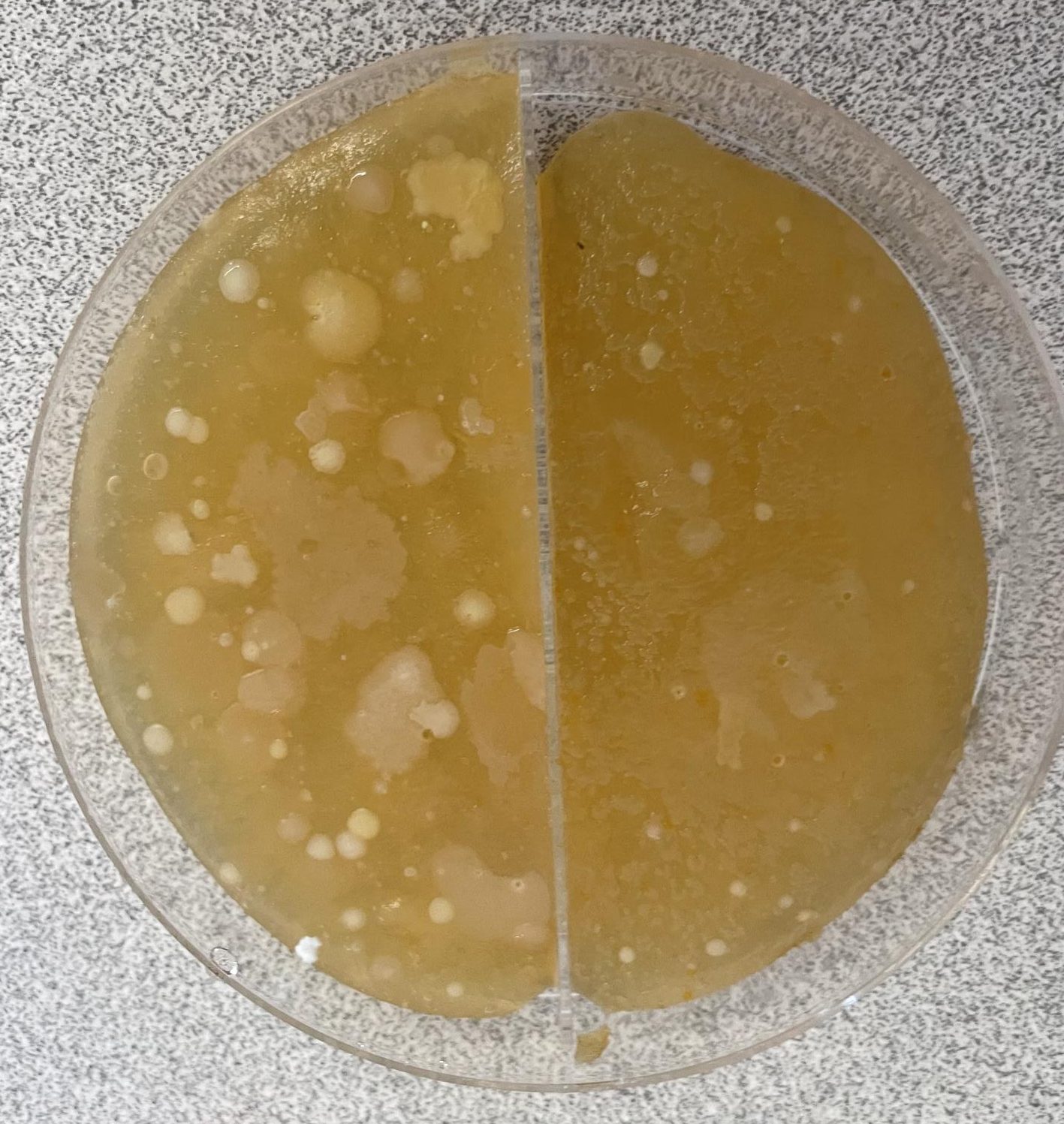
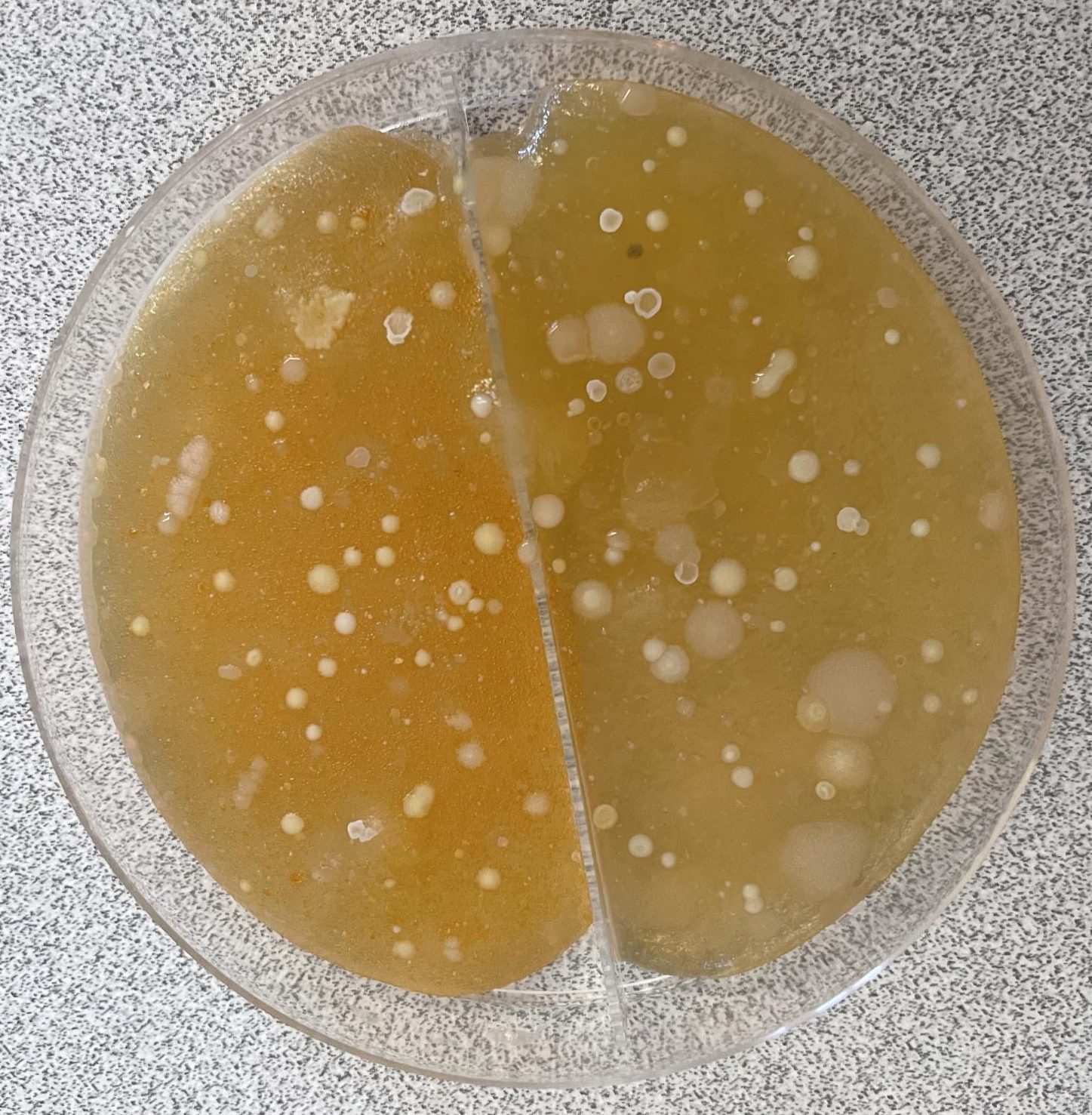


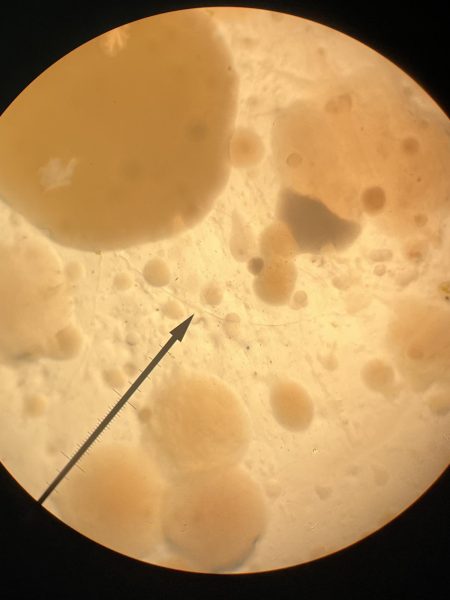

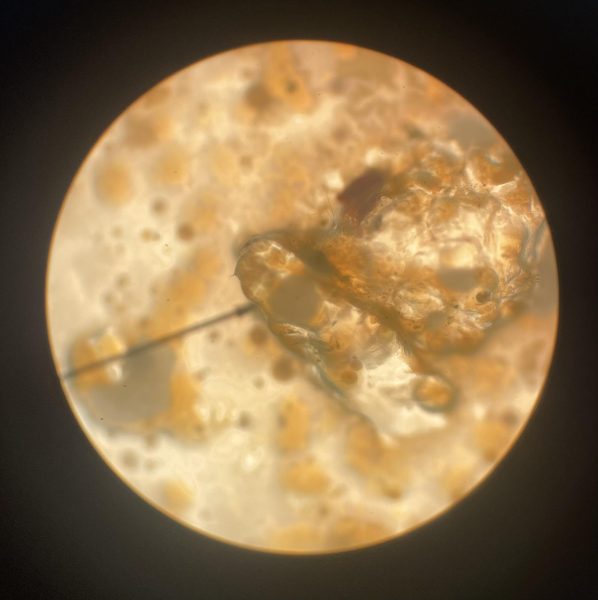
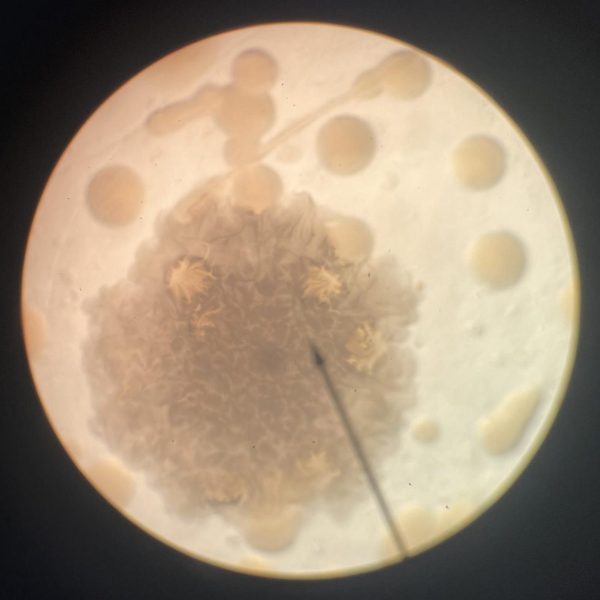
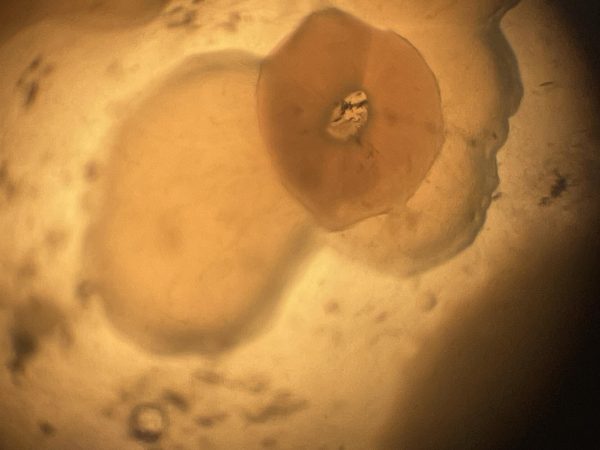
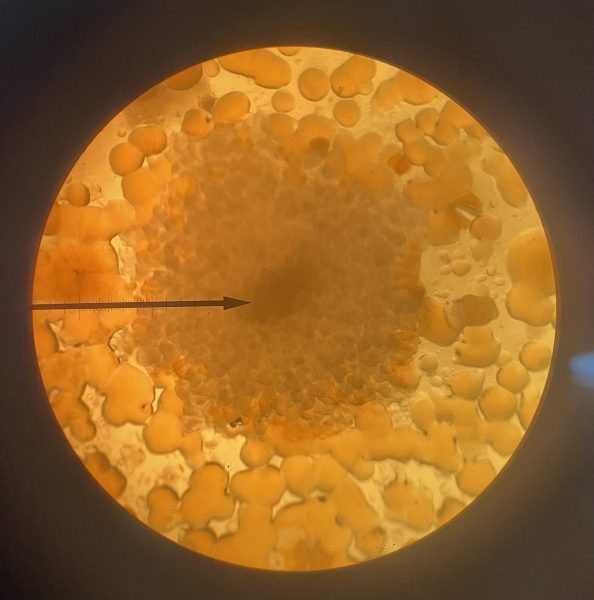

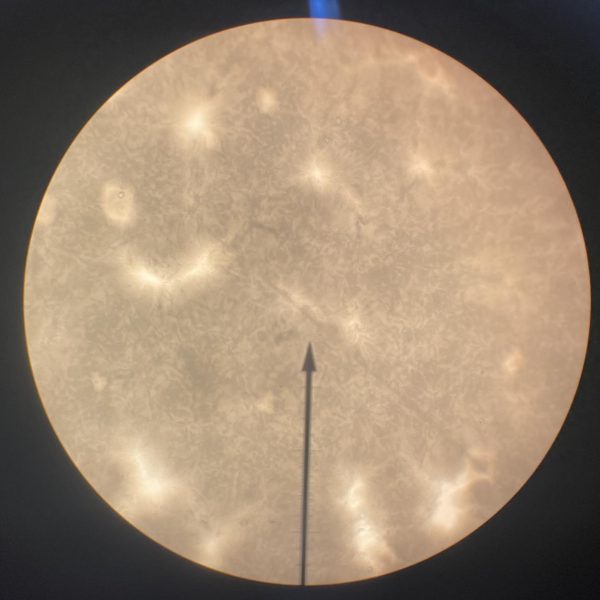
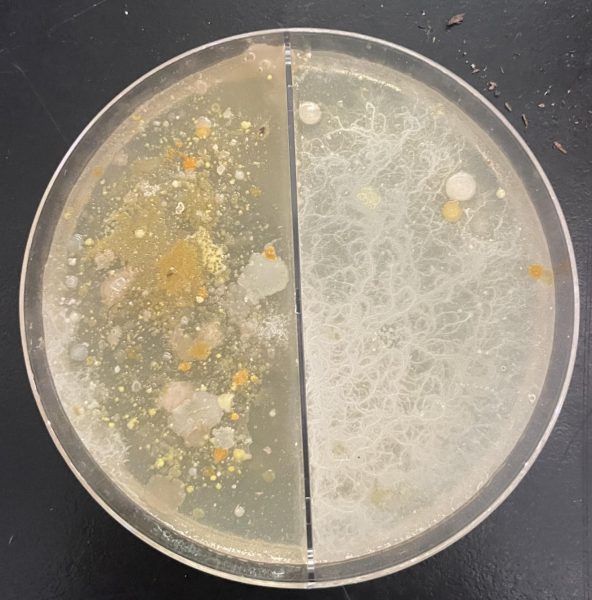
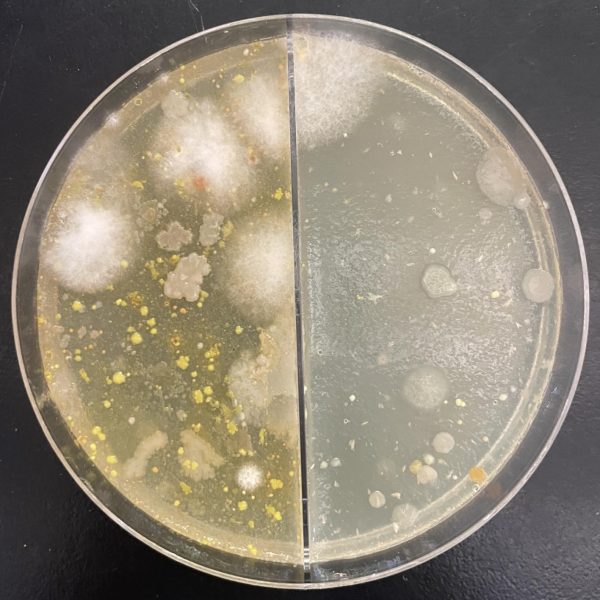

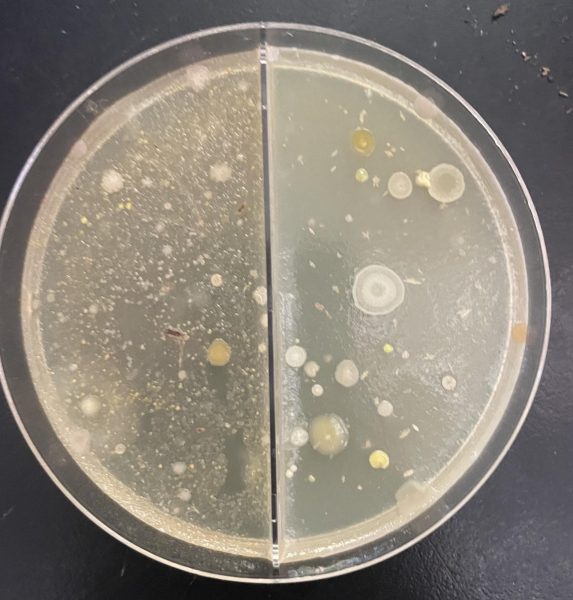
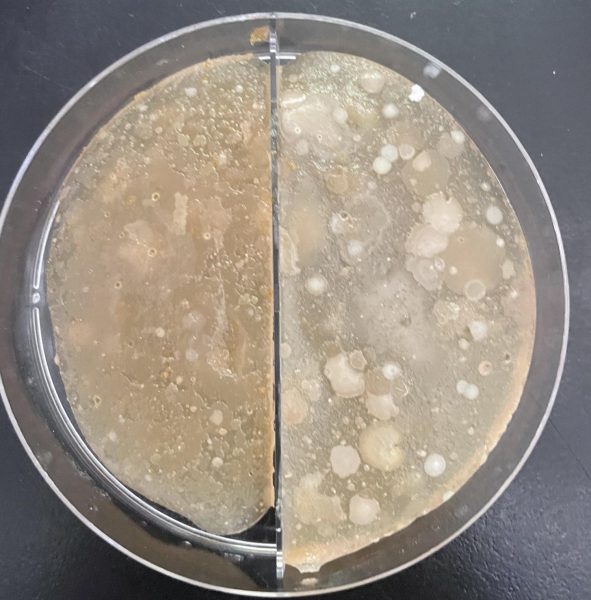
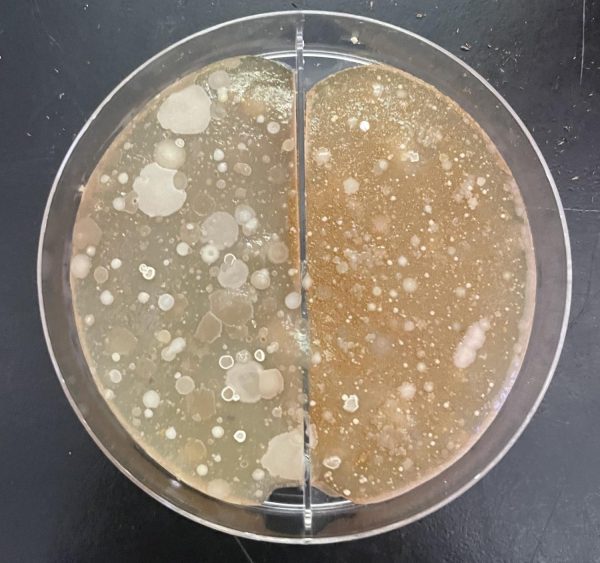
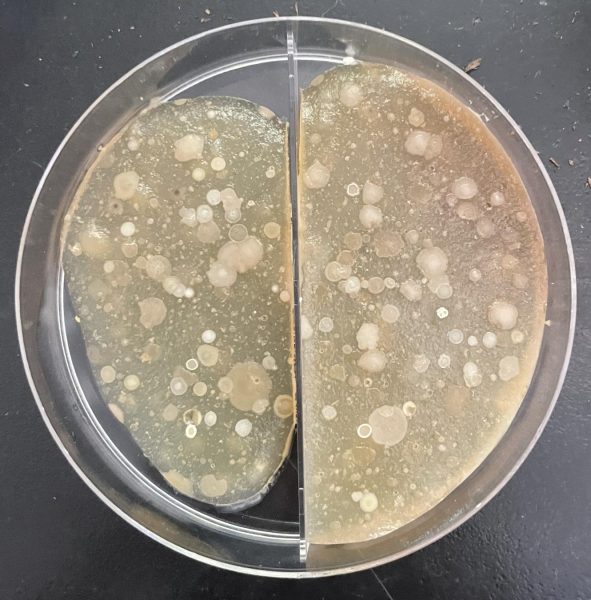

“Crystal violet is a type of stain we use and we found that it [the samples taken from the Petri dishes] was gram-positive,” Clifford Traylor said in regard to the bacteria.
Gram-positive bacteria grow in clusters and chains and can result in health problems. According to the National Library of Medicine, “Gram-positive organisms accounted for gram-negative organisms accounted for 22 percent in 1995 and 14 percent in 2000.”


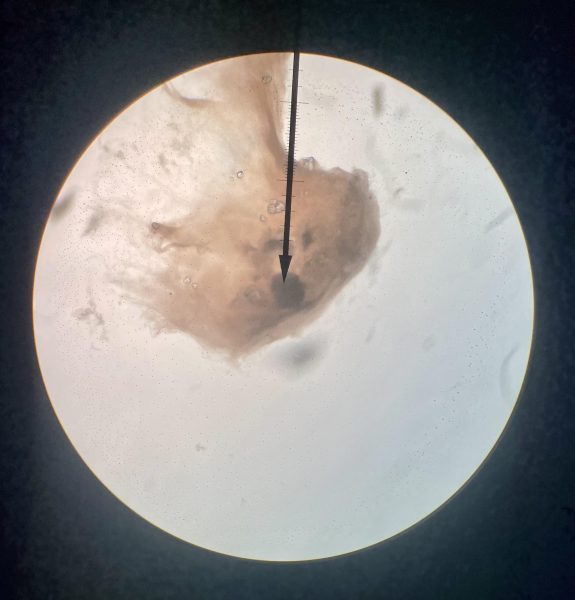

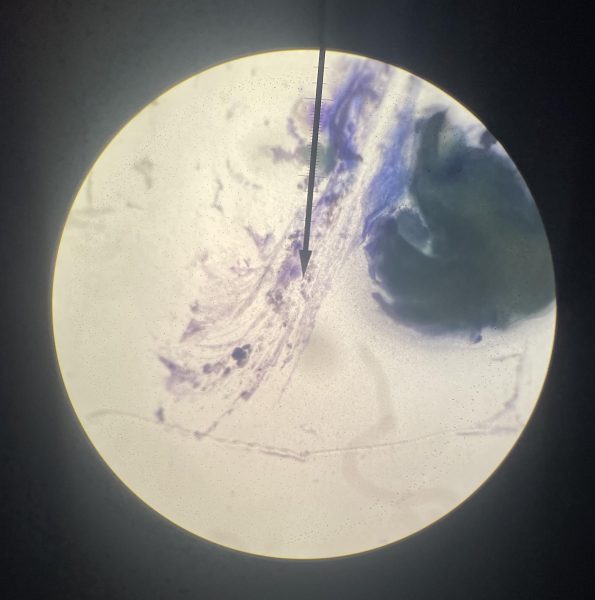

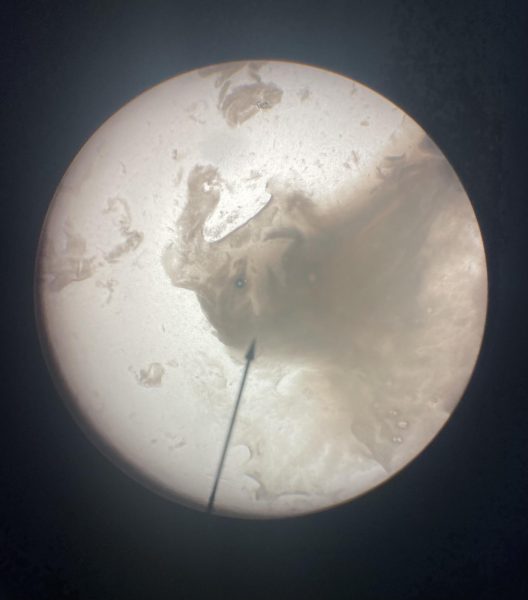
The pH of the school’s water tested at 8.2, which is within reasonable limits for drinkable water. Water safe to drink generally should be between 6.5 to 8.5. The ammonia levels tested came back with a result of 1.0 ppm, a safe level for drinking water as well. Nitrate levels were also tested, coming back at 0 ppm, also safe, yet a test for fecal coliform did test positive, something potentially harmful.
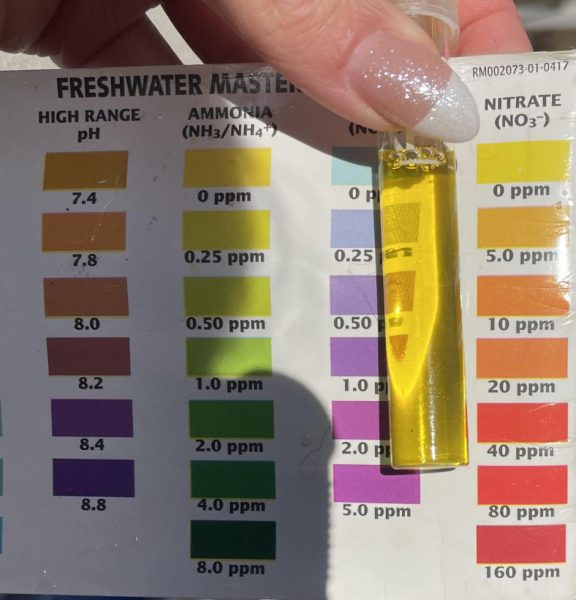
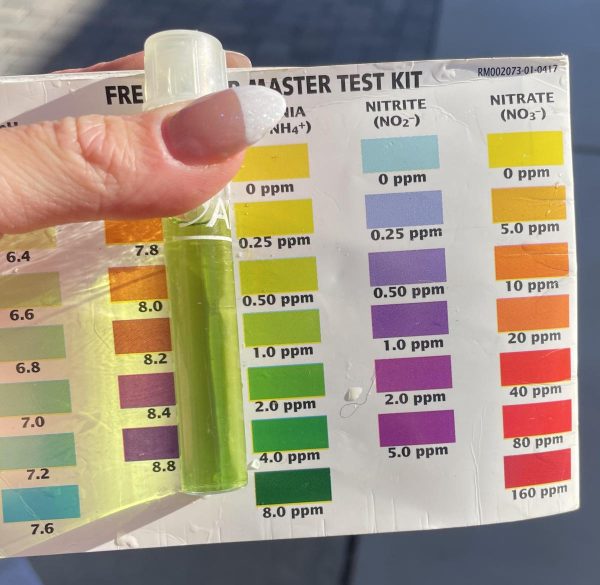
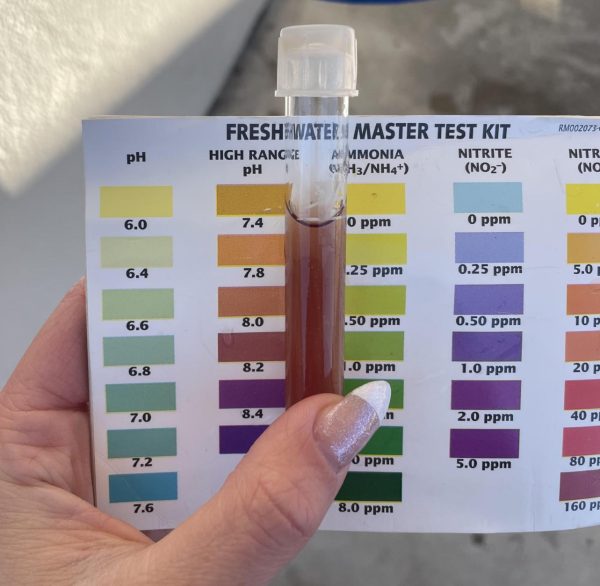
Of the two tested locations, Test 4 returned with a positive result for fecal coliform. While it may seem strange only one of the two locations tested positive, the source of the water for the two locations might be different.
“Fecal coliform is a bacteria and it’s going to come from feces, so that’s where the name comes from,” Science teacher Katie Boos said.
“The biggest issue with it is that it can cause stomach upset,” Boos said.
“[With a] campus is as old as ours— I don’t think anybody knows where [the pipes are] all at,” Architecture teacher, Mel Cozby said.
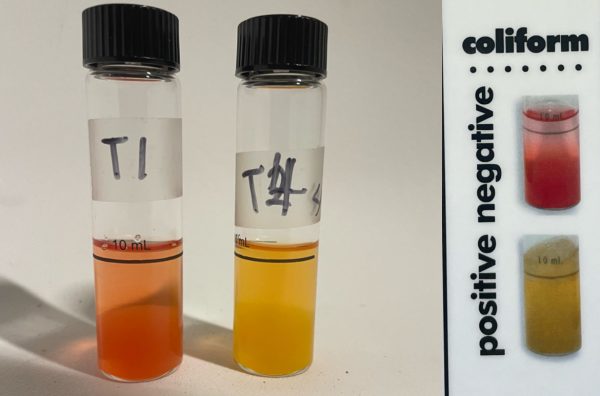
Coliform bacteria are present in the digestive tracts of animals and humans and their wastes. Fecal coliform can cause stomach aches and other gastrointestinal diseases if consumed frequently.
“If [the water has] any total coliform, then fecal coliform could come off like E coli,” Ruedas said.
While it only tested positive in one of our tests, this is very concerning to many students on campus.
“I think this should be fixed if we have feces contaminating our water,” Wesley Levesque (26’) said.
While interviewing students on campus, many were concerned with the numerous health potential risks from the consumption of fecal coliform. Many stated that they would no longer drink the water provided by the school.
Pipes
Finally, while investigating the water’s maintenance routines, we discovered shocking information about the pipes in the school.
“[Some pipes are] 67 years old,” Cozby said. “There’s a lot of corrosion and that’s just natural,”
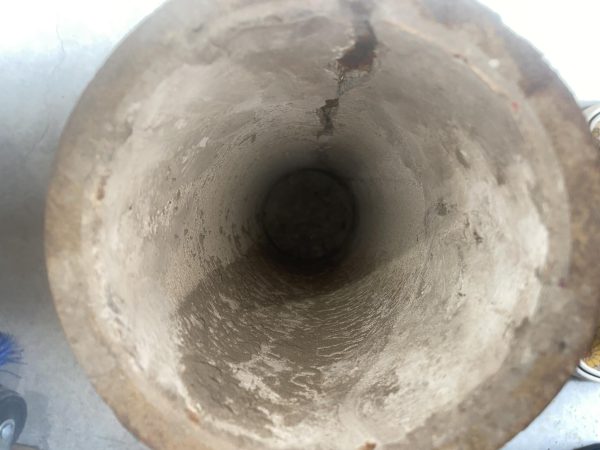
While the pipes were old, we had to find out if that could impact the quality of water students drink.
“That crack and that amount of rust that was in the soil was probably leaking for at least 15 years. It took that long for the water to break the surface,” Delory said.
Delory continued to elaborate on the cracked water pipe he witnessed two summers ago.
“The whole ground was saturated and no one even knew that that pipe was there,” Delory said.

While the effect of rust in water can vary, stagnant water in pipes being exposed to rust is harmful.
“Rust can give you stomach issues [or] you could get a locked jaw, symptoms like that,” Ruedas said.
With fecal coliform tests being positive, potential rust contamination, bacteria, and fungus infecting the area the water comes from the state of water on campus is concerning, to say the least.
“The problem is the condition of the drinking fountains,” Traylor said. “They need to be cleaned.”
It’s not just the staff that is passionate about the state of drinking water on campus, Scarlett Salter, President of the H2O Club, hopes these issues can be resolved.
“The school should definitely be responsible for keeping the water clean. Improving the water quality on campus [helps] keep our students—healthy.”
















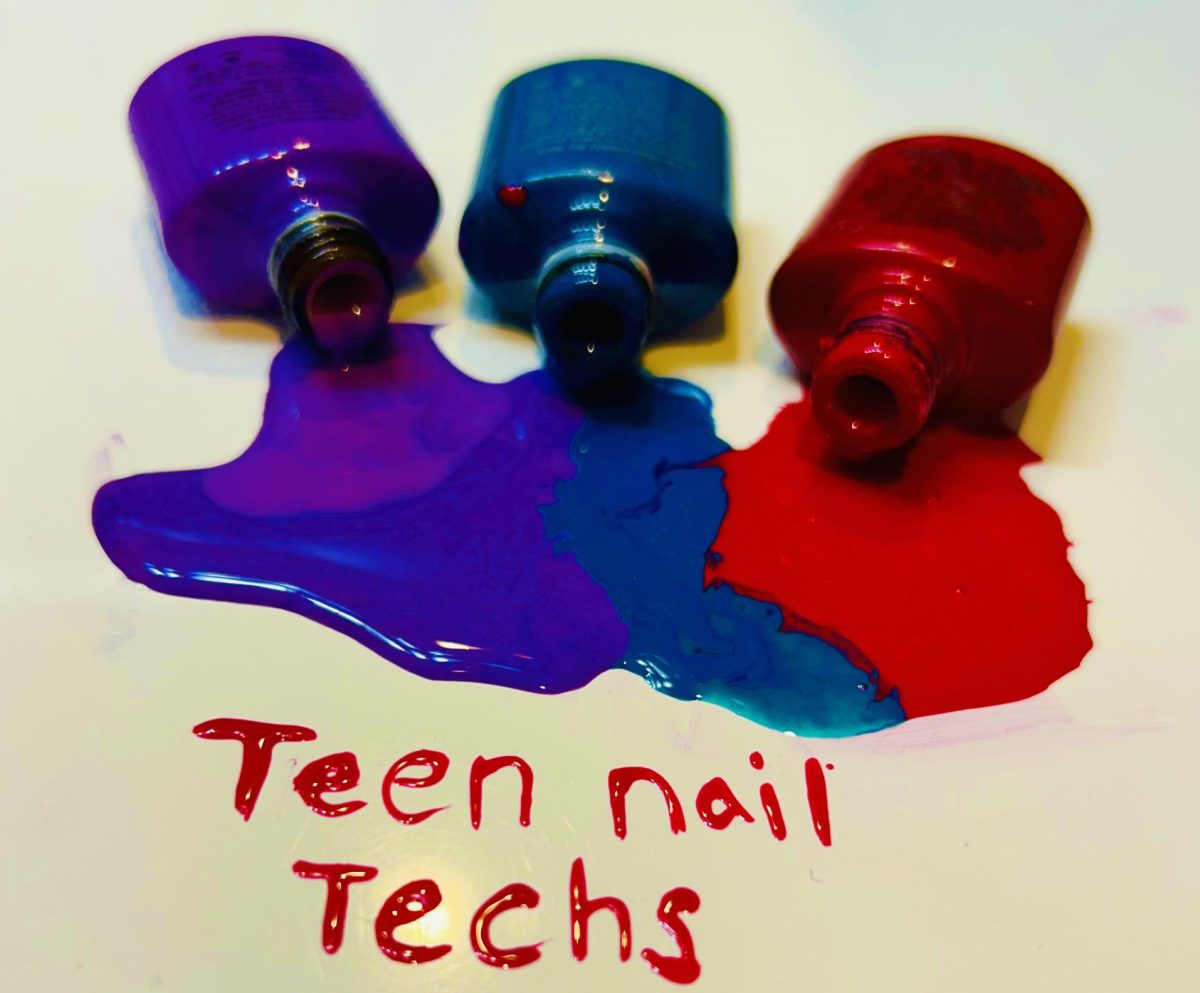
Pattie Bottorff Wiley • Dec 28, 2023 at 6:56 am
I hope these results are going to the school board. Also many of the other schools in our district have pipes just as old that need to be checked as well. This is a serious issue.
Rosemary Menard • Dec 26, 2023 at 10:28 am
As a drinking water professional with more than 40 years of experience, I’m terribly disturbed by this article. The response by the County staffer quoted in the article is technically correct but what you must do and what you can do are two different things. The students’ interest in the water quality at their school presented a wonderful opportunity to engage with young people about the important work of producing and delivering high quality drinking water as well as the challenges facing our communities in maintaining this critical service and adapting it to be resilient in the face of climate change that is already happening. Too bad, really, too bad.